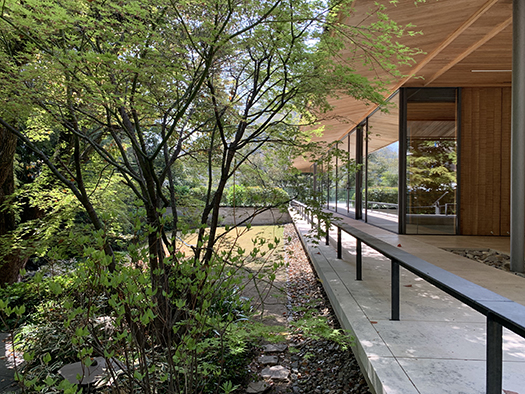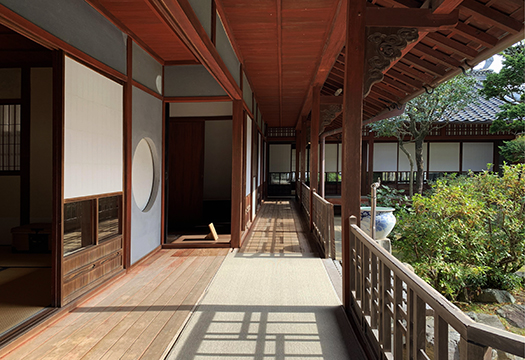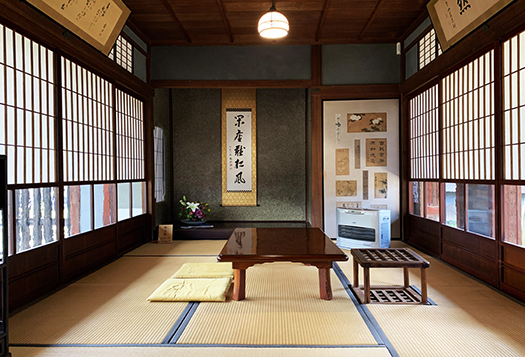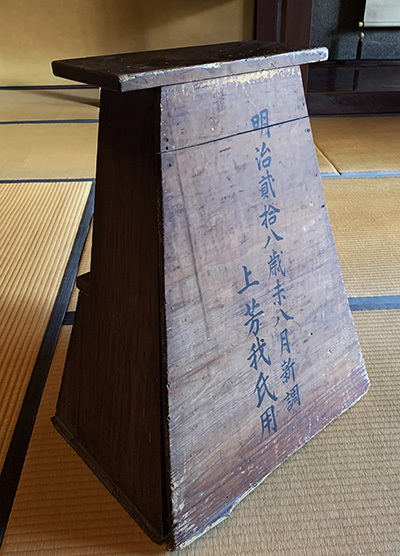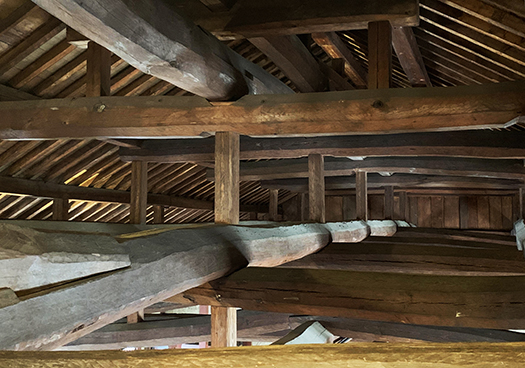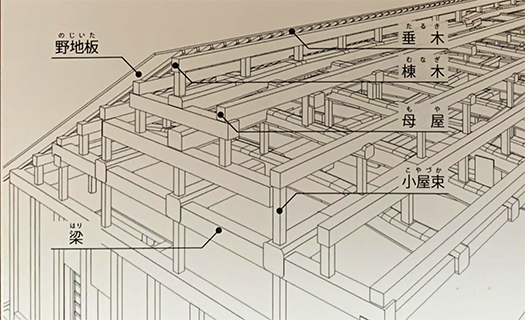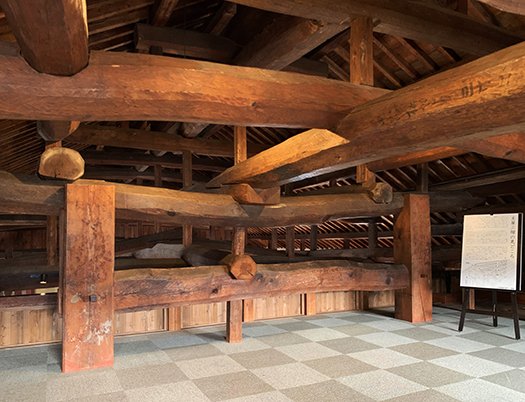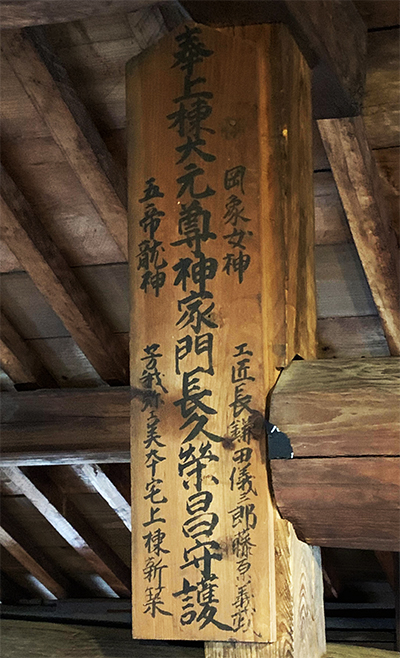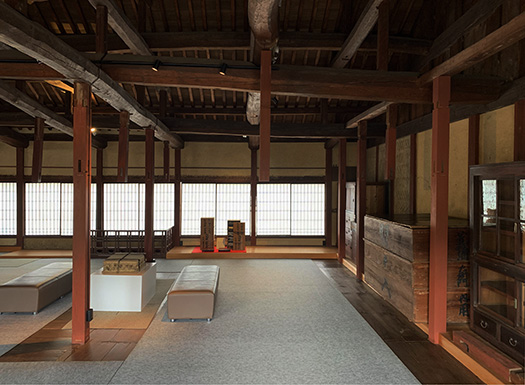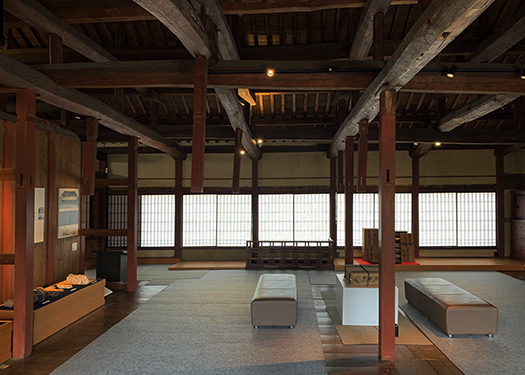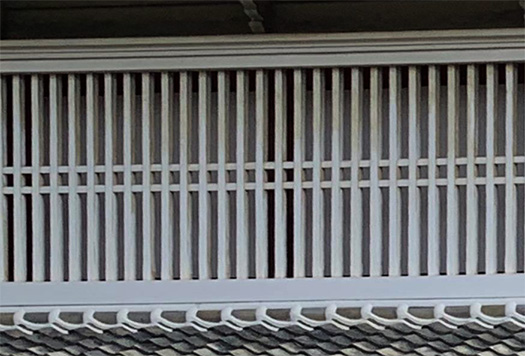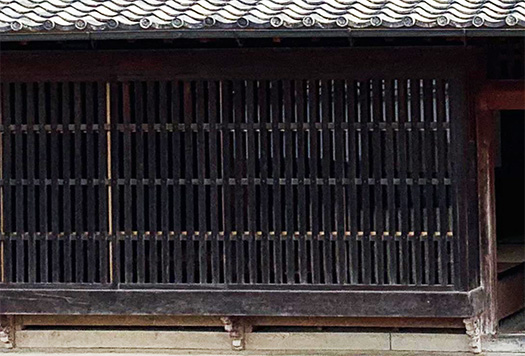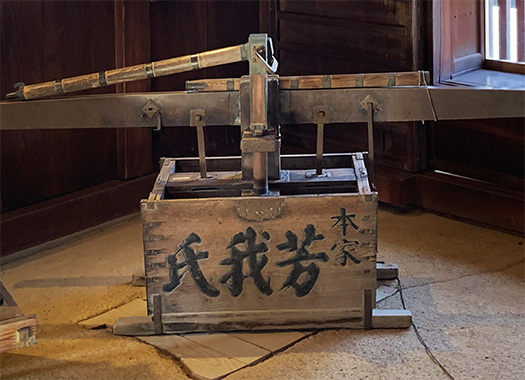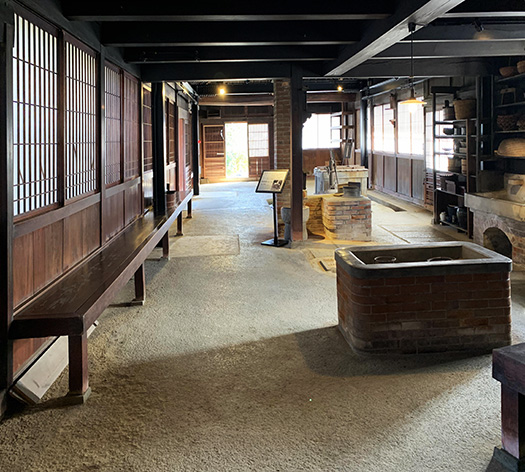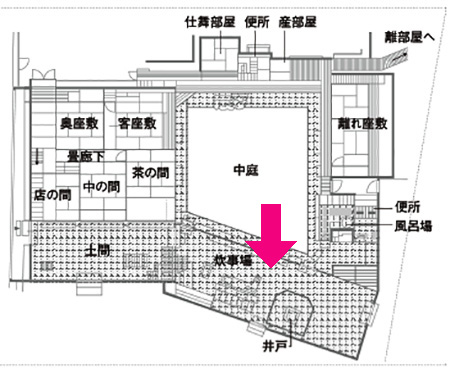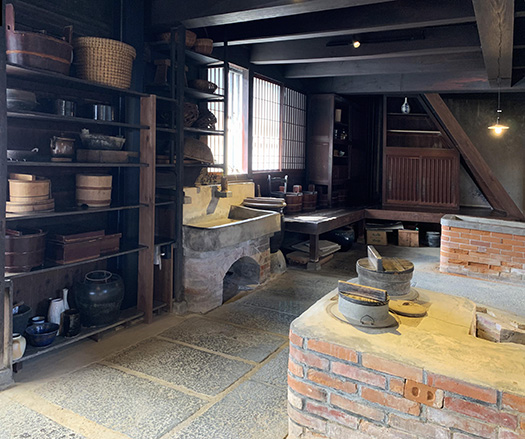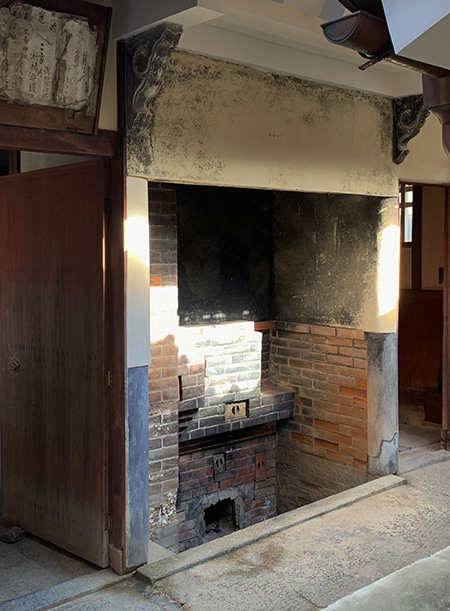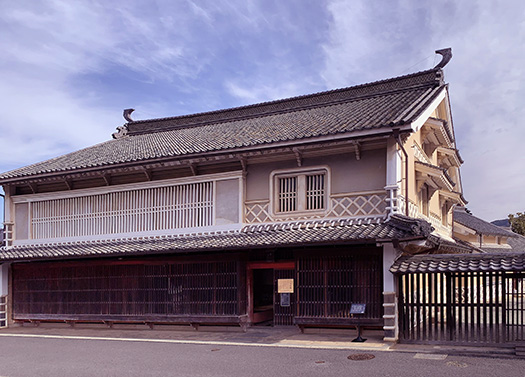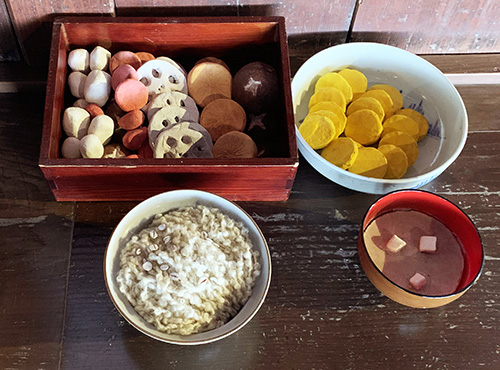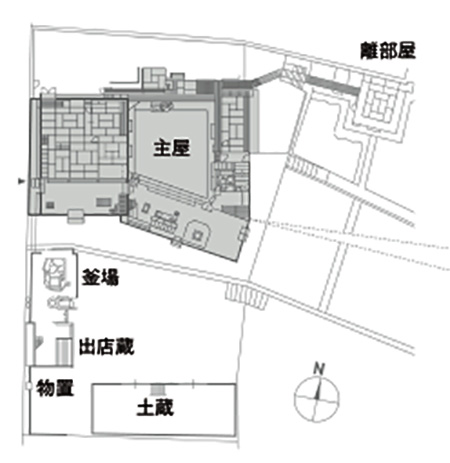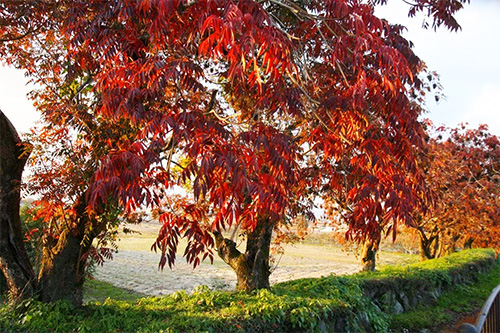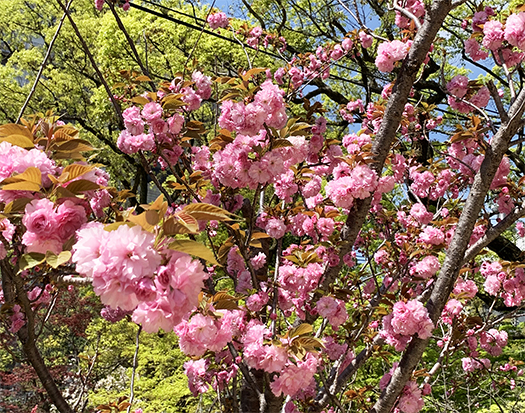
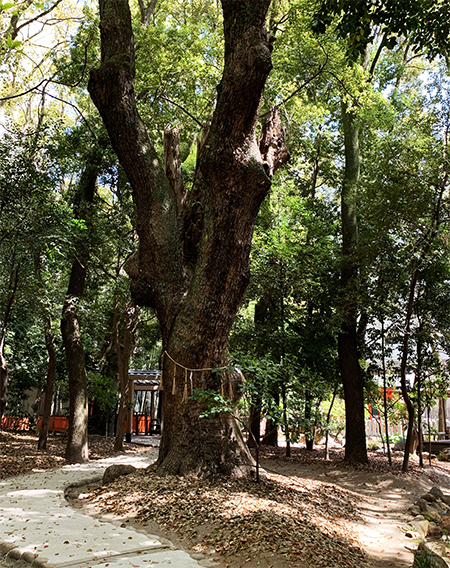
昨日まで関西圏におりました。
個人的にどうしても参加したいイベントがあっての移動。
普通っぽい日常と交流がすこしづつ各地に見えてきたように思います。
行っている間、吉野ではサクラが満開シーズンに突入していた。
肌で感じる「吉野のサクラ」という風物への人々の語り口から
市井の民の感じ方というものが立ち上ってくる。
ほんとうに人々の季節感、花鳥風月感のなかに根付いて実感がみえる。
北国からの旅人だけれど、きっとDNAが教えてくれる部分。
こころのなかに根付いている生活文化ということなのでしょうね。
「きのう知り合いが吉野へ行ってきて、まだもうちょっと・・・かなぁって」
というように伝えてくれる消息に深い吉野への愛情を感じる。
あ、写真は吉野ではありません(笑)。
こちらはイベントのあった神戸市内、生田神社境内の八重さくらと
奥の生田の森の古木の様子であります。
生田の森というのは、源平の一ノ谷合戦のときに
源氏方、大手軍を率いた源範頼主力軍が西方・一ノ谷に集結した平家軍と
対峙し、最終的進軍を開始した策源地だという。
いまは都市化の集中地点で森の面積は極小化しているようだけれど、
当時は広大な森が広がっていて陽射しを避けて宿営していたと想像される。
ちょっとした街でもすぐに歴史的スポットがふつうにあるのが関西圏。
知的好奇心がどんどん刺激される(笑)。
昨日帰還して、真夏日近い気温地域から冷涼感も残る札幌です。
すっかり春爛漫〜真夏気候から一気にクールダウン。
やはりこの多様性が日本の特徴なのだと言うことを実感。
現代情報化社会で侵略行為を恥ずかしげもなく行っているロシアって、
全国的に「方言」もほとんどないのだと聞きます。
異常に「国民一体性」志向が強いとされていて、
独裁というものでの「一体感」を期待する民族性なのだという分析。
多様性を認め合いながら政治安定をはかるという国際政治では
決して主導権を渡してはいけない国なのだと思う。
気候風土につねに大きな違いがあることを必然的に受容して
それを大前提に考えて国家としての調和を考えることに慣れている日本。
さきの戦争での日本の失敗とはこの多様性受容の民族性が無視されたことが
いちばん大きかったのではないかと思われます。
満開の八重桜に対しつぼみでもない北海道のサクラを思うとき、
いや、それが非常に大きな日本社会の資産なのだと思えます。
本日から、北海道の地域工務店グループ・アース21の年度通常総会。
やはり完全リアルでの会合にはならなかったようで、
リモートとの半数半数での総会開催のようです。
すこしづつでも、確実に日常性を回復していきたいですね。
English version⬇
[Climate diversity that characterizes Japan’s national character]
Hokkaido where the buds are still hard compared to Kansai where the double cherry blossoms are in full bloom. However, I realized that the diversity is a great asset of Japanese society and peace.・ ・ ・
I was in the Kansai area until yesterday.
I personally moved because there was an event I really wanted to attend.
I think that everyday life and exchanges are gradually becoming visible in various places.
While I was there, Sakura was in full bloom in Yoshino.
From people’s narratives to the “Yoshino Sakura” feature that you can feel on your skin
The way Ichii’s people feel is emerging.
You can really feel the feeling of being rooted in the feeling of the seasons and the feeling of Kacho Fugetsu.
I’m a traveler from the north, but I’m sure DNA will tell you.
Perhaps it is a lifestyle culture that is rooted in the heart.
“I wonder if my acquaintance went to Yoshino yesterday and it’s still a little longer …”
I feel a deep love for Yoshino in the news that tells me that.
Oh, the photo is not Yoshino (laughs).
This is with Yae Sakura in the precincts of Ikuta Shrine in Kobe city where the event was held.
It is a state of an old tree in the forest of Ikuta in the back.
Ikuta no Mori was during the Battle of Ichinotani in Genpei.
With the Heike army, the main army of Minamoto no Nori, who led the major army, gathered in Ichinodani to the west.
It is said that it is the source of the confrontation and the start of the final march.
It seems that the area of the forest is minimized at the point of concentration of urbanization now,
At that time, it is conceivable that the vast forest was widespread and the camp was camp away from the sunlight.
Even in a small town, the Kansai area usually has historical spots right away.
Intellectual curiosity is stimulated more and more (laughs).
After returning yesterday, Sapporo has a cool feeling from the temperature area near midsummer day.
Completely cool down from the spring to midsummer climate.
After all, I realized that this diversity is a characteristic of Japan.
Russia, which is not ashamed to invade in the modern information society,
I hear that there are almost no “dialects” nationwide.
It is said that there is an unusually strong tendency toward “national unity”.
Analysis that it is an ethnicity that expects a “sense of unity” in dictatorship.
In international politics, which seeks political stability while acknowledging diversity
I think it is a country where you should never give up the initiative.
Inevitably accepting that there are always big differences in climate
Japan is accustomed to thinking about harmony as a nation with that as a major premise.
The failure of Japan in the previous war was that the ethnicity of this diversity acceptance was ignored.
I think it was the largest.
When you think of the cherry blossoms in Hokkaido that are not buds for the double cherry blossoms in full bloom,
No, I think it is a very big asset of Japanese society.
From today, the annual general meeting of the regional construction company Group Earth 21 in Hokkaido.
After all it seems that it was not a completely real meeting,
It seems that the general meeting will be held in half and half with the remote.
I want to make sure that my daily life is restored, even if it is a little bit.
Posted on 4月 12th, 2022 by 三木 奎吾
Filed under: こちら発行人です, 状況・政治への発言 | No Comments »


